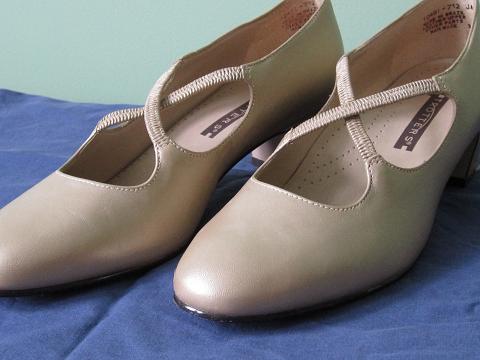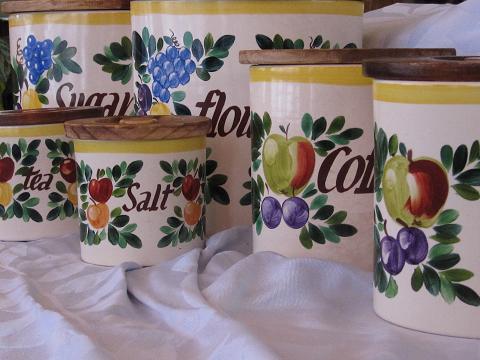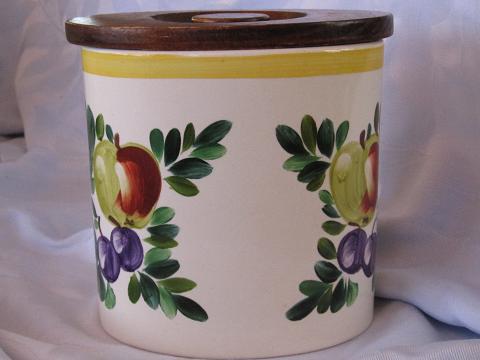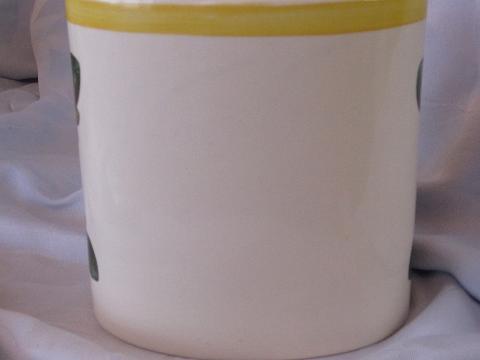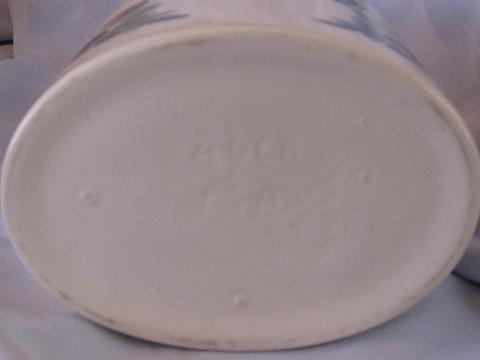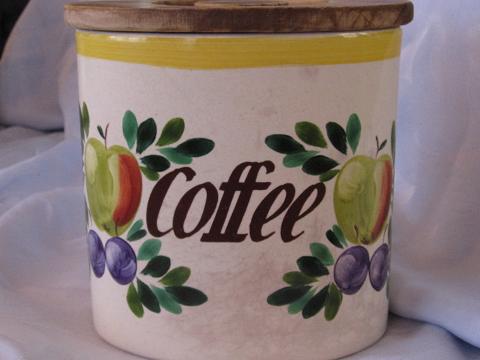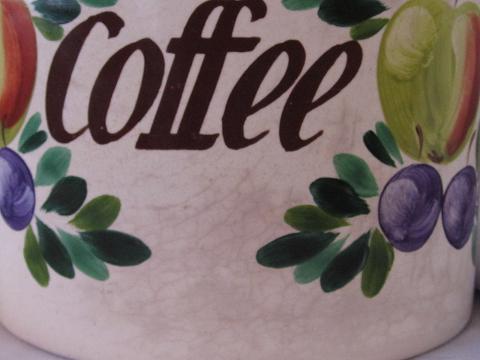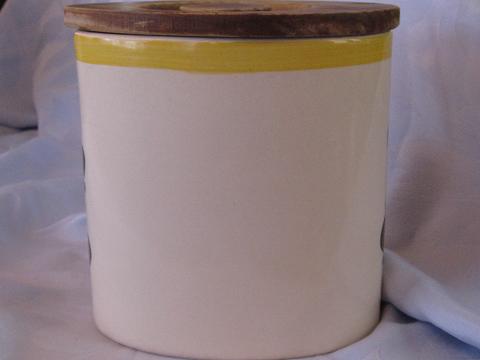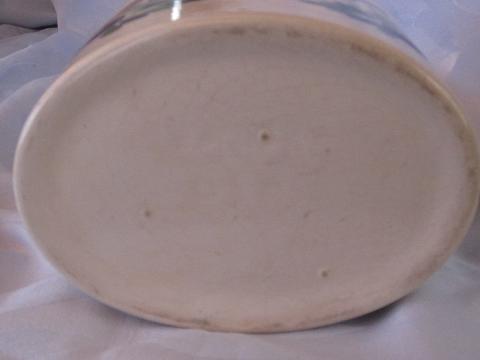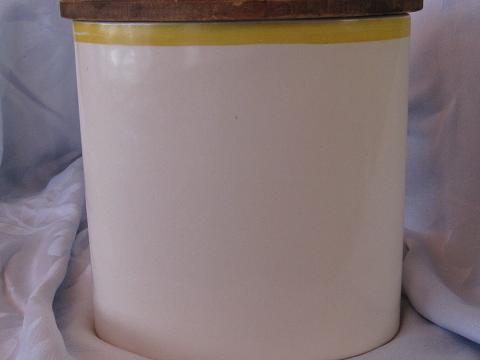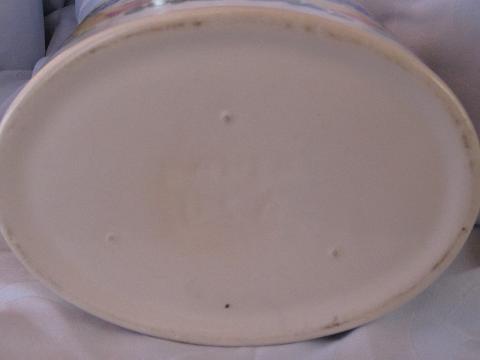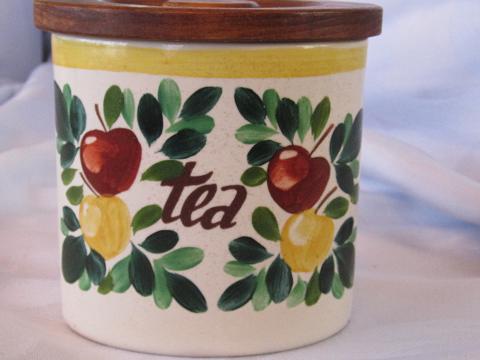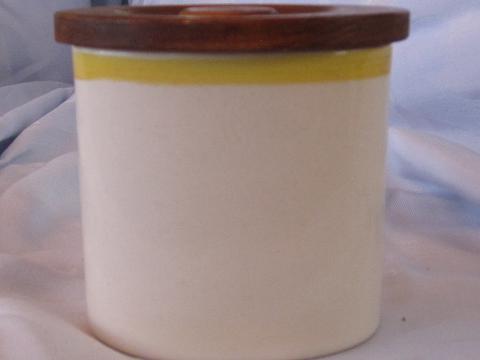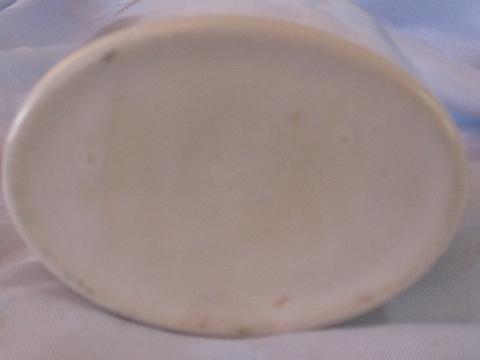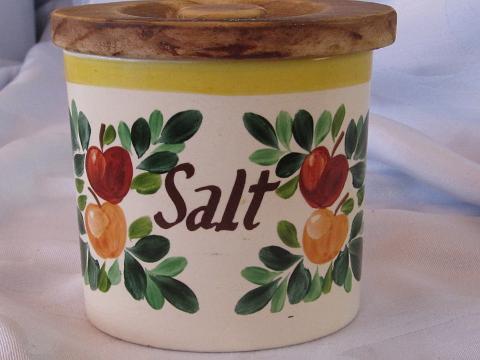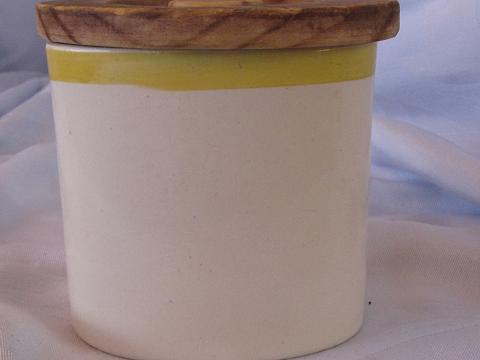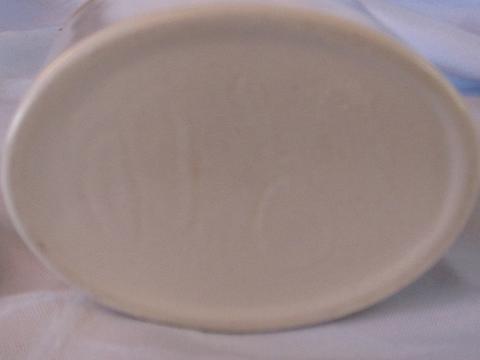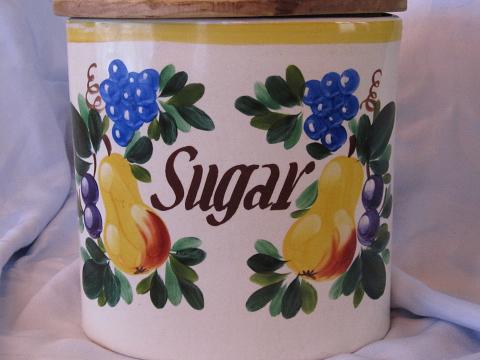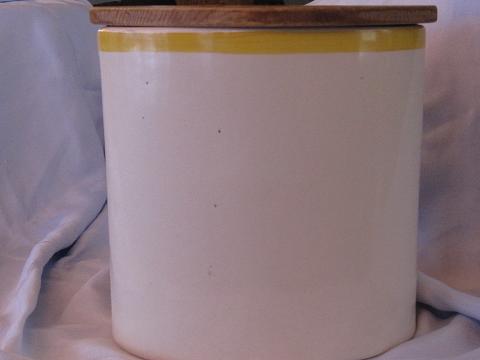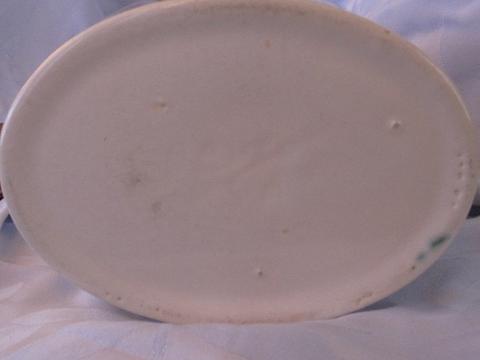BJH: I didn’t fall asleep. See It.
RJS: I didn’t wake up mad. Skip it.
RJS: While there are reasons to recommend this movie, I suspect I’m just hoping that the words of the coke-snorting Mark Hanna (Matthew McConaughey) might penetrate our collective psyche. Hanna deflowers Wall Street neophyte, Jordan Belfort (Leonardo DiCaprio), with the truth about legalized gambling, as he describes an unsustainable game of musical chairs where there are a few winners and a lot of losers, and where no goods are produced and trillions of dollars of wealth is “all on paper.” It sounded pretty accurate to me and it’s better entertainment than The Crash Course.
Another scene that should have been required viewing for Mr. Randall’s high school Family Economics class where I learned how to balance an imaginary checkbook is where Belfort sells four thousand dollars of penny stocks to some schmuck over the telephone. As he reels in fish bait, Belfort and his sleazy crew of rehabilitated losers pantomime their valued customer – a family man who’s finally asserting some independence from his more cautious ball and chain – literally taking it up the ass.
From the beginning, we know that we’re in for a stomach-turning, eye-averting ride when for $10,000 an employee at a brokerage firm entertains her co-workers by shaving her head. Apparently abusing midgets and lining up to gangbang skanky whores at the office in the middle of a workday didn’t cut it for these assholes. While she quickly loses her idolatrous audience to more seductive pleasures before the deed is done – imagine a toddler casually setting aside a shiny new toy as he wanders off for a television fix – the mangy woman is not humiliated in vain. Ten grand will pay for a boob job.
The degradation of every single woman in this movie was very, very upsetting and leaves nothing about the lifestyle of the superrich – as it is depicted here – to be envied. And where I might suspect some movies of hiding behind “telling it like it is” as an excuse to flirt with gratuitous violence and misogynistic fantasies where a man can whack off to a bombshell at a party in front of his wife without the threat of consequences. I can’t make that case here no more than it’s justified to be upset with a war journalist for taking pictures of dead children.
With frame-by-frame disturbing images, I wondered if the movie could have been an effective art exhibit to be absorbed on the viewer’s own terms. As it is, I felt assaulted and maybe that’s the point. We would have missed out on some physically comical scenes, like when a paralyzed luded-up Belfort has to get himself behind the wheel of his car to stop the Feds from ruining his ill-gotten life. But there are other scenes that would have translated to paint quite well. For example, there’s the brief moment when we see The Wolf carrying a monkey through a sea of cubicles full of bottom feeders who will say anything to close a deal because they’ve bought into a system where they matter and you don’t.
On second thoughts, maybe The Wolf of Wall Street is worth seeing.
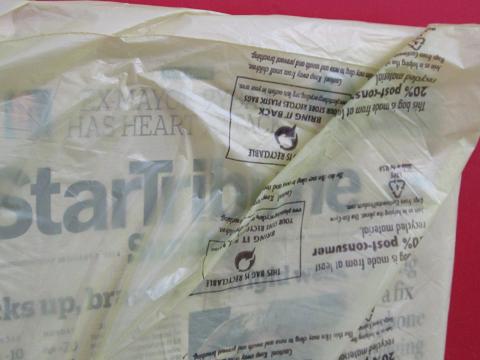
 We went to Rapid City for Christmas and, motivated by a book I found while there, I returned ready to take a closer look at our home to see what might be encroaching on our corner of paradise.
We went to Rapid City for Christmas and, motivated by a book I found while there, I returned ready to take a closer look at our home to see what might be encroaching on our corner of paradise.